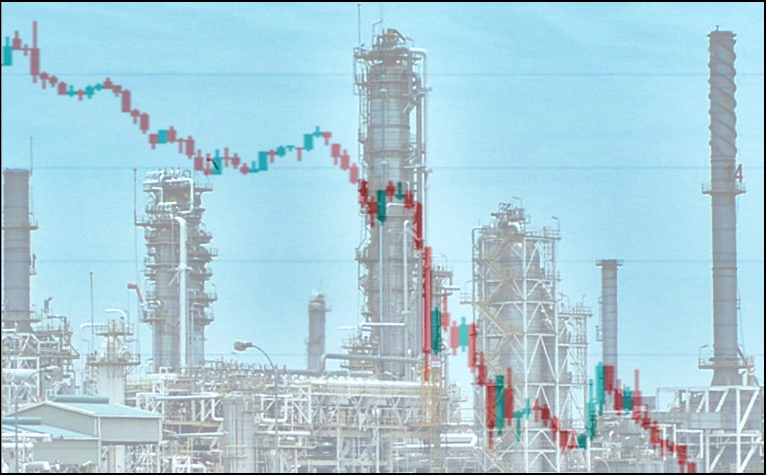UPDATE AT 8:45 PM/June 10:
According to Bernama, quoting the Domestic Trade & Consumer Affairs Minister,
the government has not removed the ceiling prices.
When the Pakatan Harapan government was managing the country’s affairs, one of the things which it did for consumers was to cap the prices of RON95 petrol and diesel. Though the country didn’t have a lot of money and had massive debts due to the 1MDB scandal, the government was still willing to provide subsidies to maintain fuel prices when needed. The prior government had removed subsidies and allowed the Automatic Pricing Mechanism to determine weekly retail prices at the pumps.
The subsidies, though discouraged by economists because they can distort the market, helped to provide a degree of stability for businesses. Being able to make projections of future transport costs without worrying about fluctuations in fuel prices made planning less of a headache. It eased the burden on consumers already facing challenges of rising cost of living.
Change approved in April 2020
Now, under the present government, things have changed and they were done with no announcement (though through proper gazetting procedures). Apparently, the change was approved in April this year but we didn’t notice it because fuel prices had fallen very low (and people were more concerned about the MCO). It was gazetted at the beginning of this month.
There will no longer be any cap on RON95 petrol at RM2.08 a litre, nor on diesel at RM2.18 a litre. If global oil prices and other factors result in the Automatic Pricing Mechanism setting prices above those levels, they will be followed as there will be no subsidies used to offset the additional cost.

No subsidies needed since February
For many weeks since February, no subsidies have been necessary as the prices kept going downwards. The last time subsidies were needed was the first week of February when the government pumped in RM10.43 million.
In early March, the prices of RON95 petrol and diesel dropped below RM2.00 and kept going down to as low RM1.25 and RM1.40 for petrol and diesel, respectively. However, by the end of May, the prices started to slowly move up again, with this week’s levels being RM1.48 and RM1.73, respectively. Still some way to go before reaching the previous capped levels but the trend seems to be upwards and oil output and demand begin to be more in sync.
Raising prices of fuel is never popular and in some countries where governments have done so suddenly, there has been public anger and even riots. In Malaysia, while RON97 petrol has not been subsidized for a while and has fluctuated according to global oil prices and the calculations of the Automatic Pricing Mechanism (APM), RON95 petrol and diesel have had their prices maintained through subsidies.
Come 2020, there will be a major change as the subsidies stop being available to everyone and the new Petrol Subsidy Program (PSP) is implemented. The PSP (only for Peninsular Malaysia) will be for some 2.9 million qualified motorists who will receive their subsidies at 4-month intervals from April 2020. The cost of the subsidies will be around RM65.4 million a month.
With subsidies removed, fuel prices will go up and this can be disruptive for motorists. So what the government plans to do is to increase the price per litre gradually. Currently, the plan is to add 1 sen each week and slowly bring pump prices to the level indicated by the APM.
The plan was revealed by the Deputy Domestic Trade and Consumer Affairs Minister, Chong Chieng Jen, who said it would reduce the burden on the public and prevent prices from spiking once subsidies are removed. The price of RON95 petrol will remain as RM2.08 a litre for Sarawak, Sabah and Labuan.
Subsidizing the retail price of fuel for motorists has cost the government millions – this week, the total cost amounts to RM101.52 million – and the money can obviously be better spent for other purposes. However, subsidizing fuel prices has helped not just those who really need assistance but also many who can afford to pay more for their fuel.
So over the past year, the government has been trying to find a way to target subsidies to make sure that only the groups that need fuel at subsidized prices get them. The approach has been finalized and announced today by the Domestic Trade and Consumer Affairs Minister Datuk Seri Saifuddin Nasution Ismail. The planned implementation date will be at the beginning of 2020 so we should be hearing the full details from the Finance Minister in the coming Budget speech on October 11.
RM30/month for cars, RM12/month for motorcycles
Subsidies under the Program Subsidi Petrol will be given to eligible motorcycle and car owners in Peninsular Malaysia who are also registered for Bantuan Sara Hidup (BSH). Those with motorcycles will receive RM12 a month while those with cars will receive RM30 a month. The subsidies will be paid into bank accounts of the recipients every 4 months.
Among the additional conditions are that for cars, the maximum engine size to qualify is 1600 cc or if above 1600 cc, the vehicle should be over 10 years old. Some 2.9 million people will receive the subsidies which are expected to total around RM65.4 million each month.
© Copyright – Piston.my 2024 Trademarks belong to their respective owners. All rights reserved